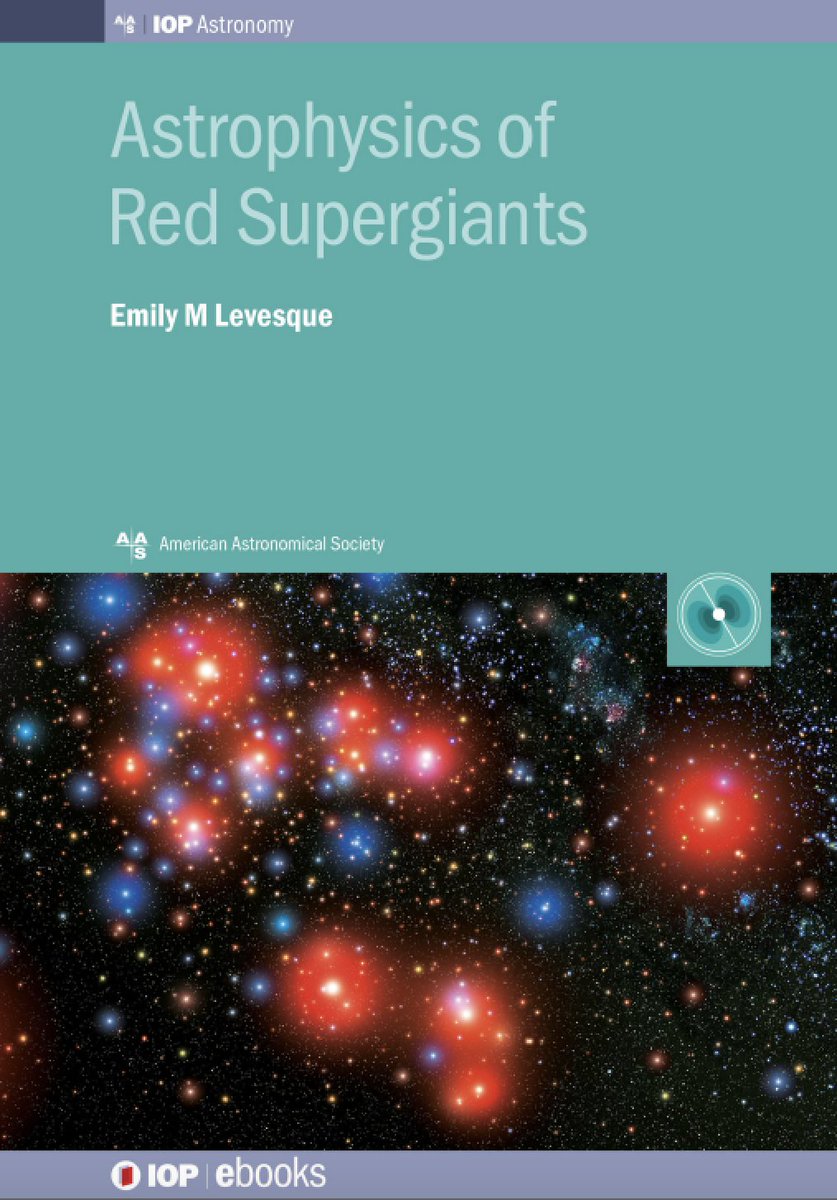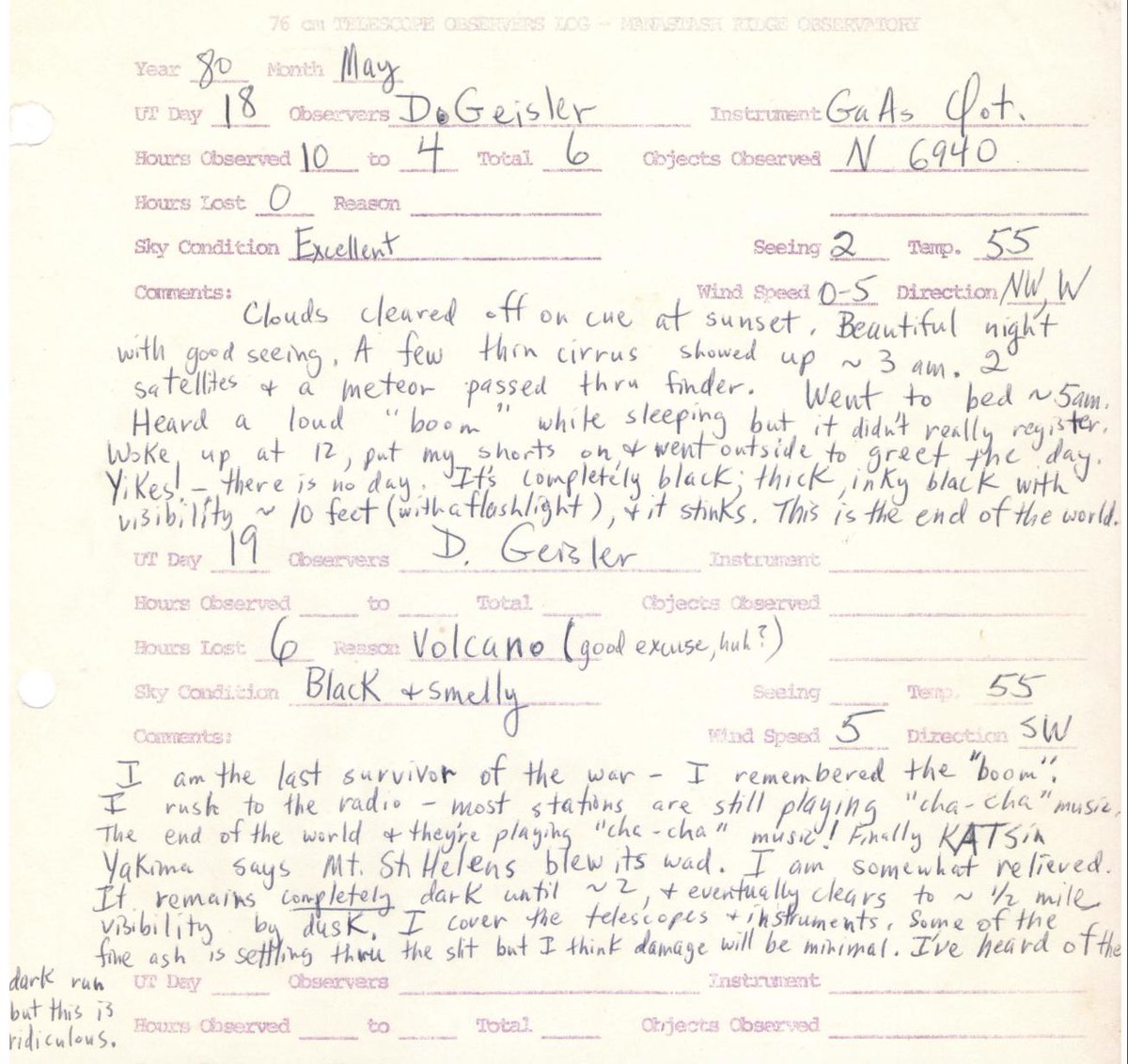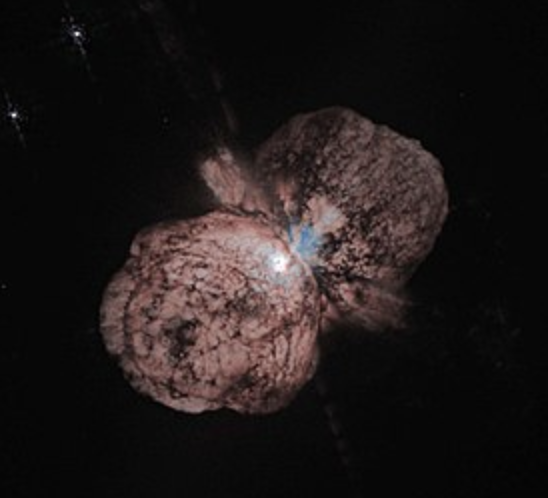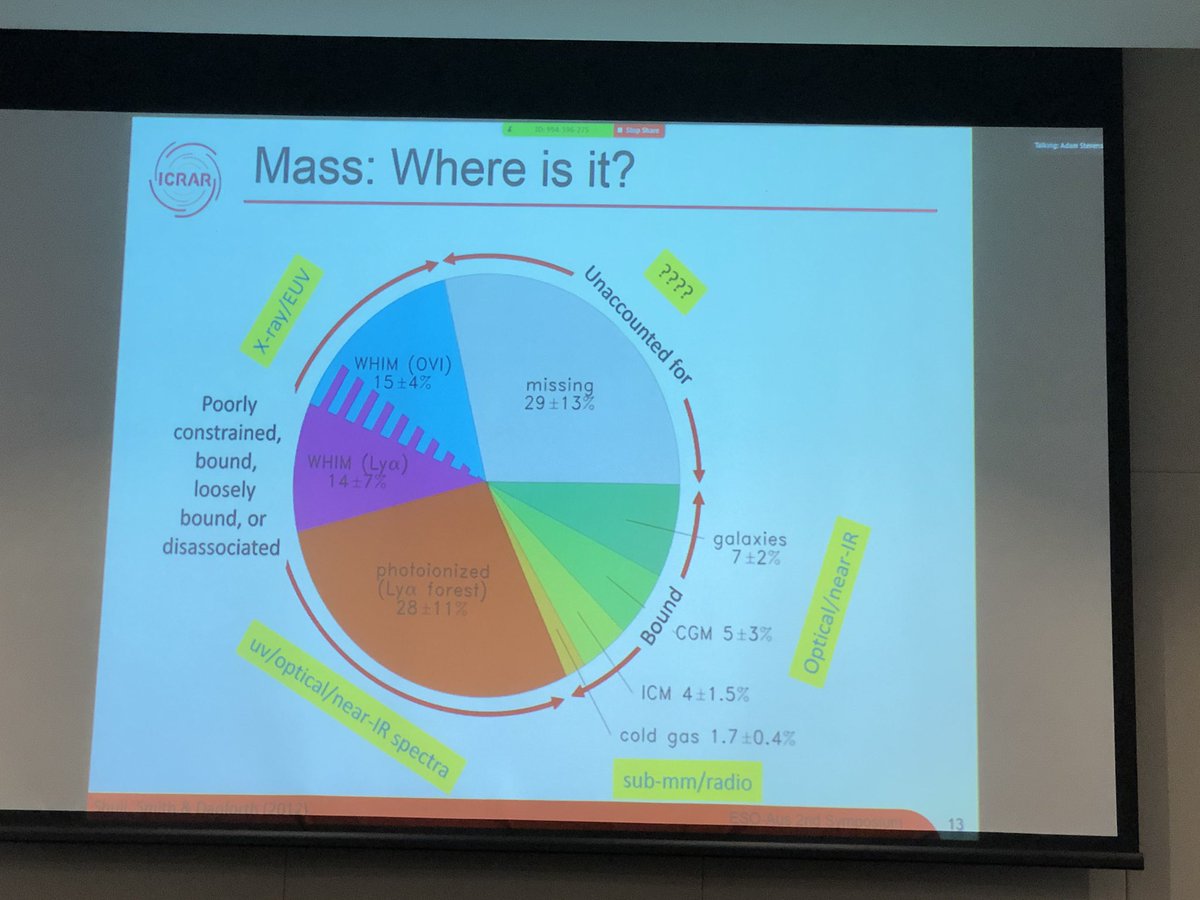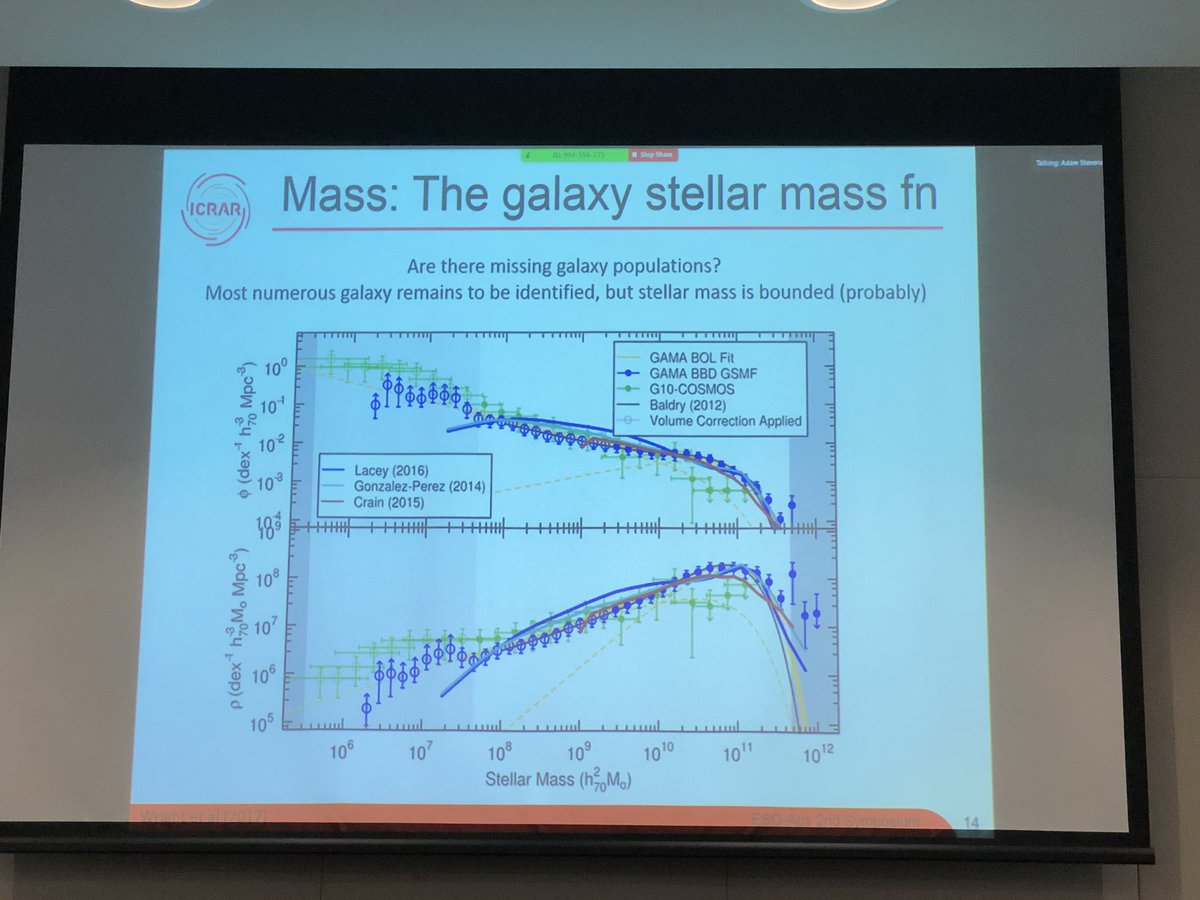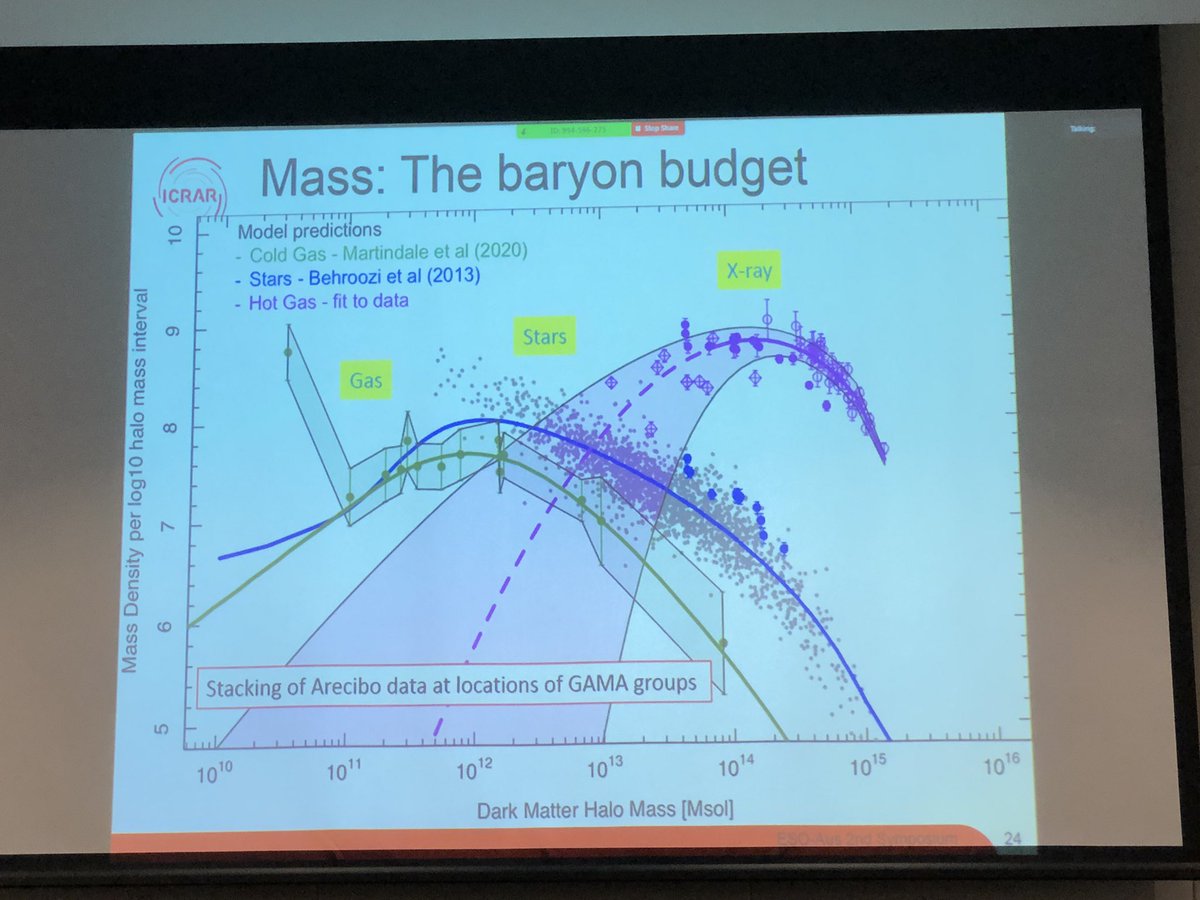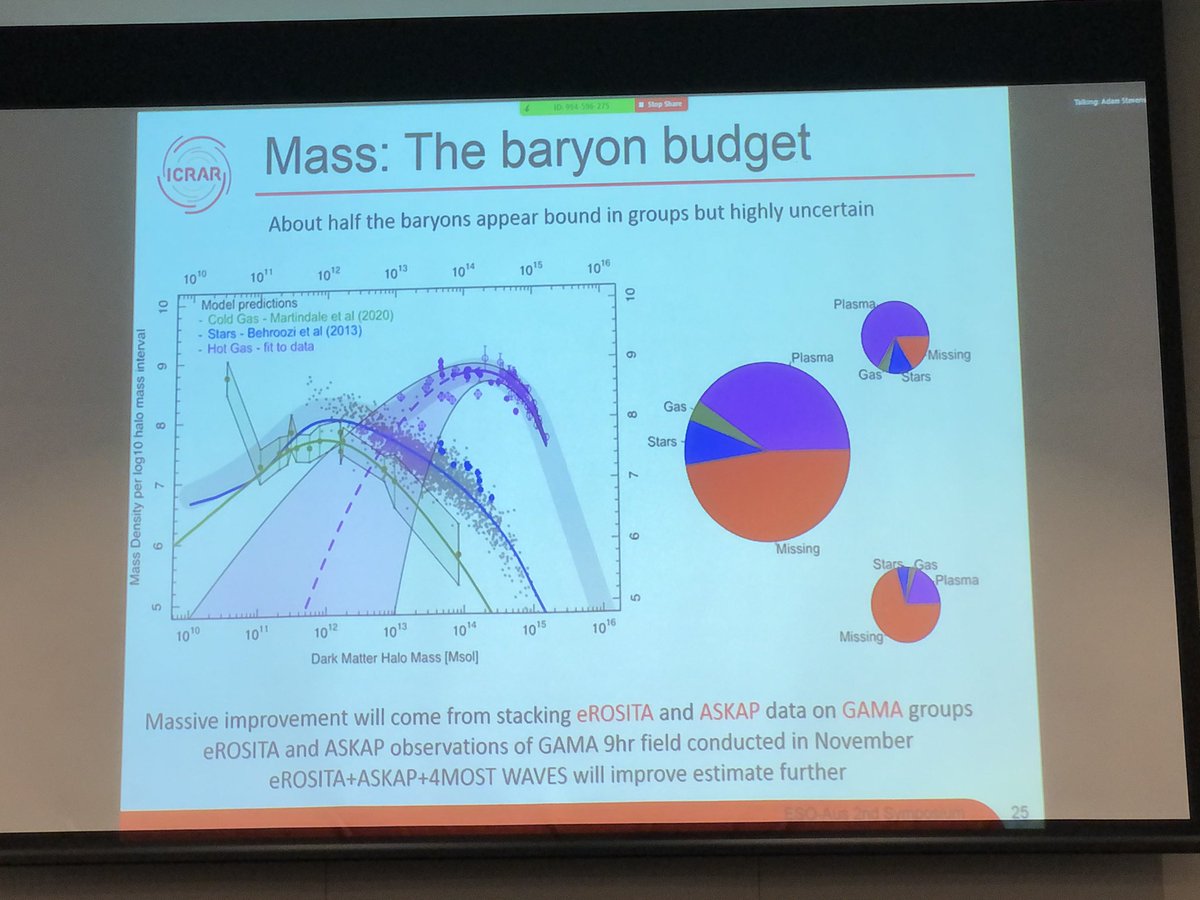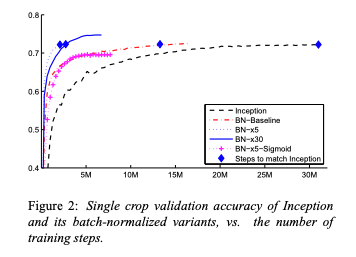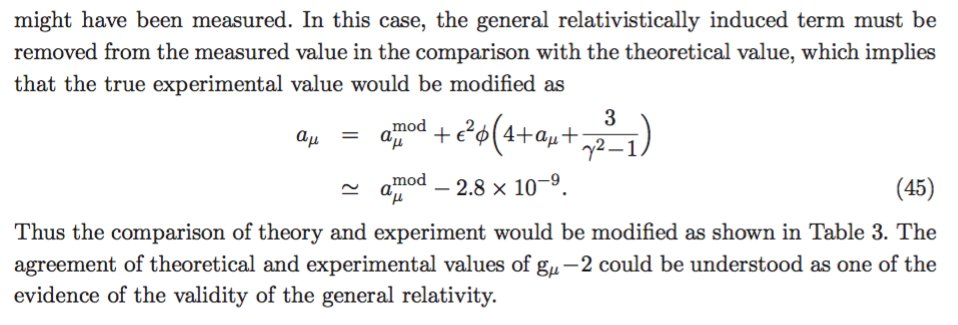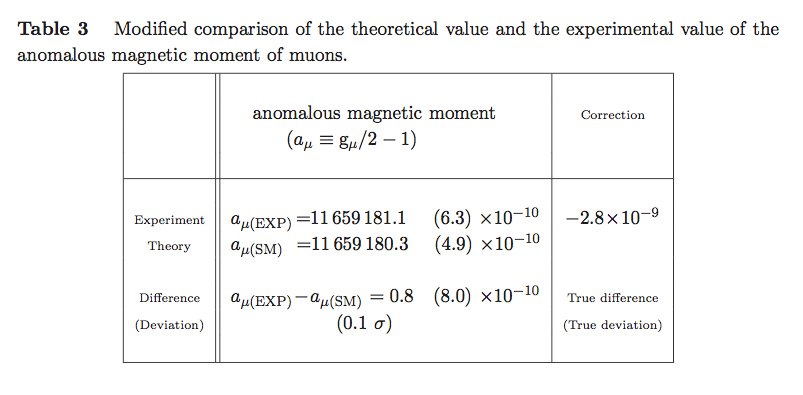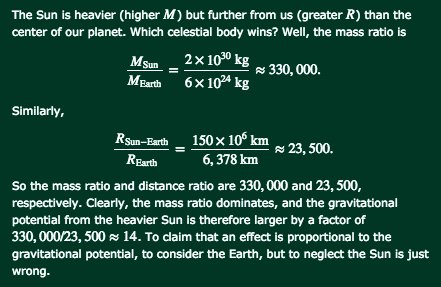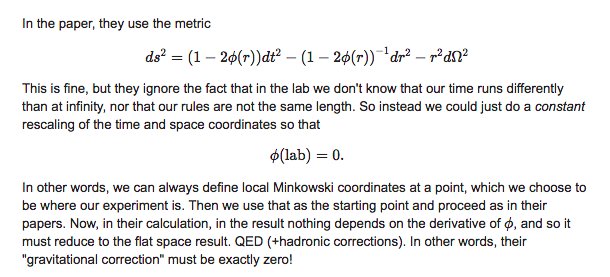A thread!
arxiv.org/abs/2002.10463
1) cooler objects emit less light (and emit it at longer wavelengths as temperature drops)
2) a cooler surface means more titanium oxide (TiO) molecules in the atmosphere; these molecules absorb lots of visible light.
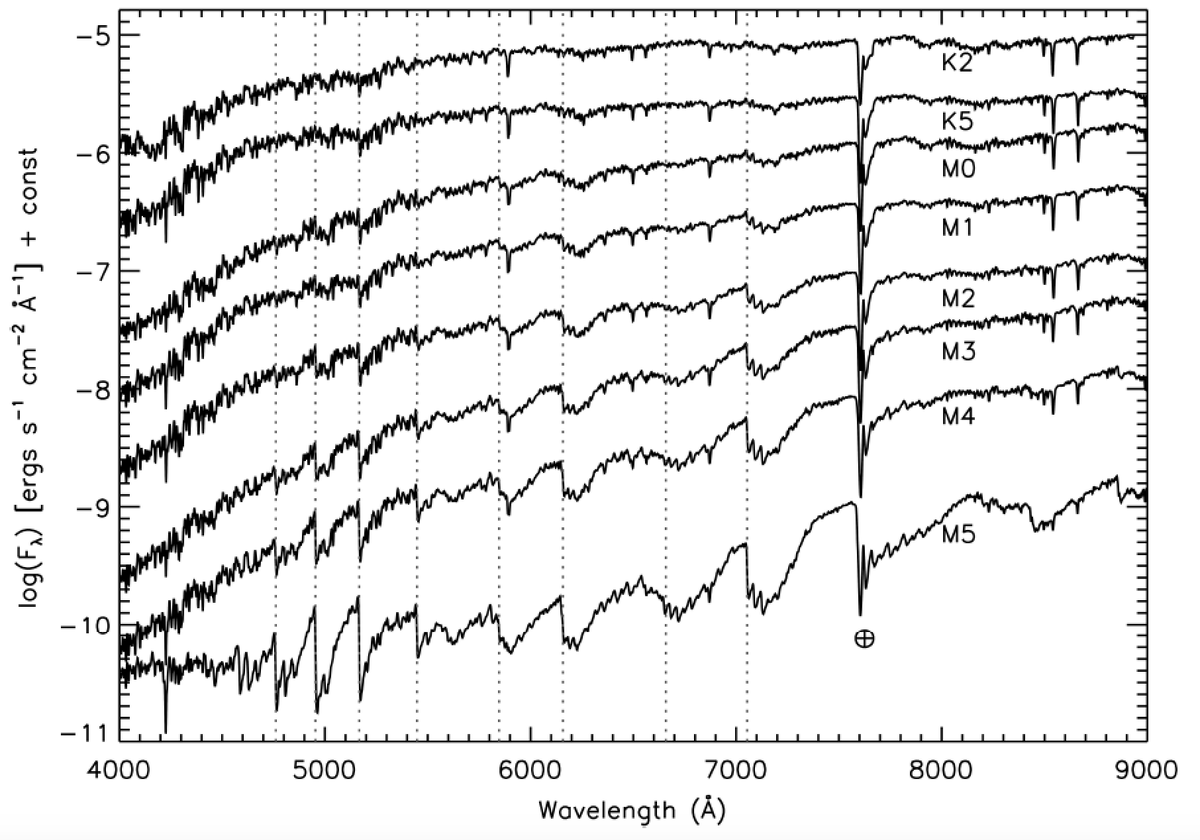
We could use the strengths of the TiO bands to estimate its temperature and fit the spectrum with some red supergiant atmosphere models to see if anything looked odd.
Um:
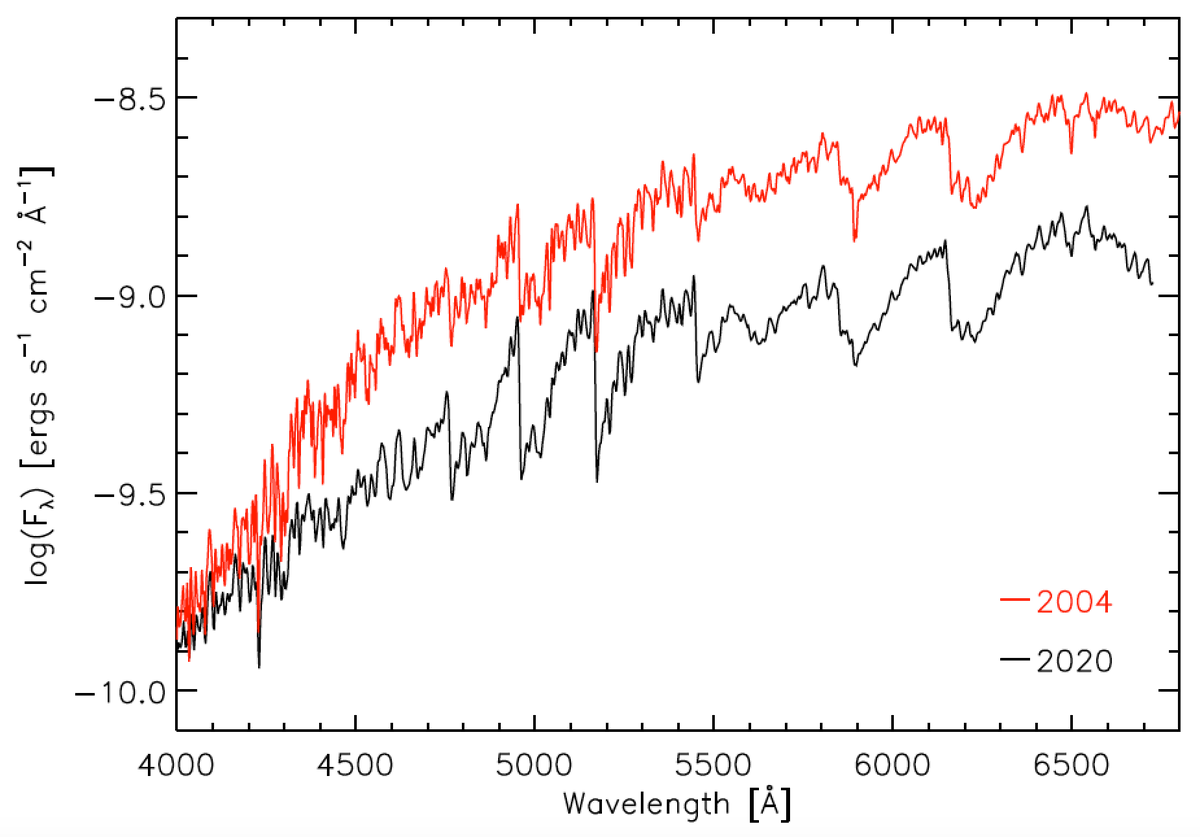
Here's a zoomed-in look of the 2004 and 2020 spectra.
The TiO bands are a LITTLE deeper in the 2020 spectrum, but not much:
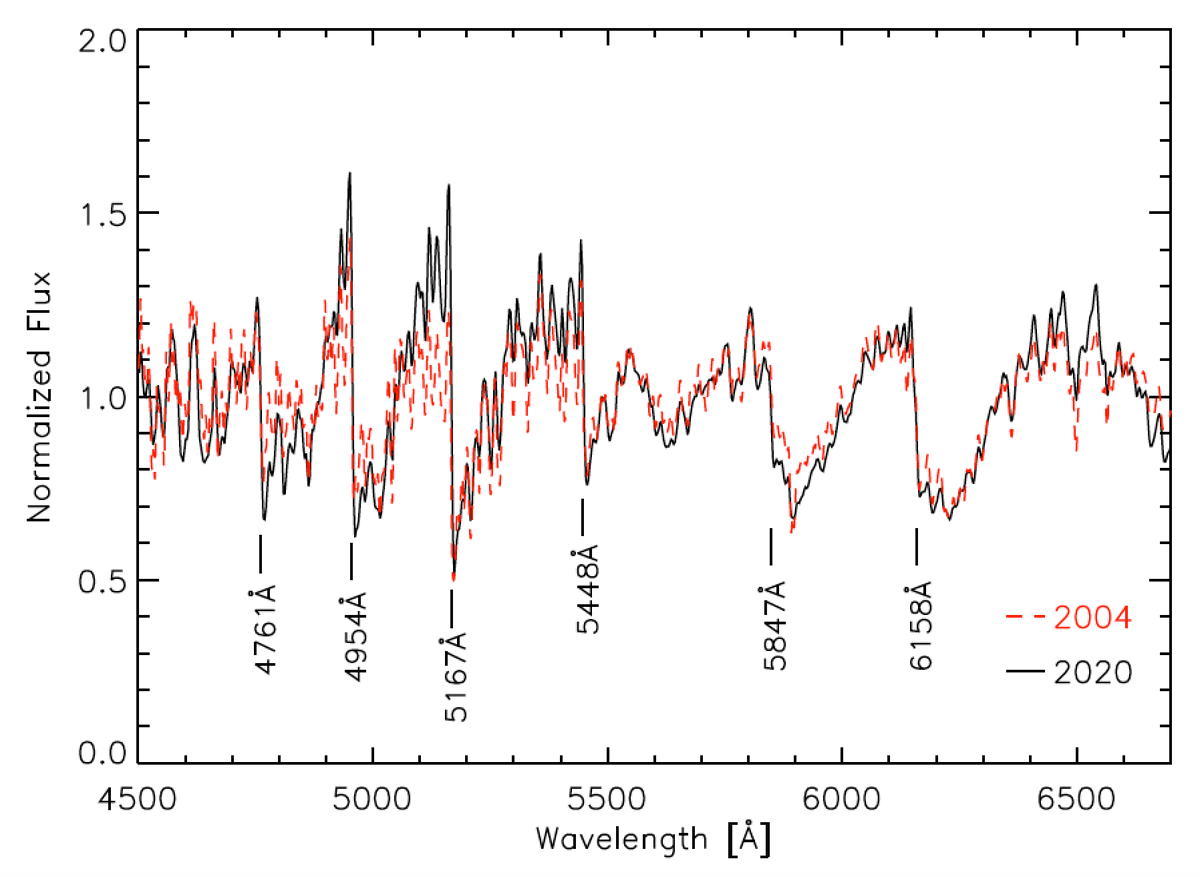
In the end, Betelgeuse looked the most like a 3600 K red supergiant; the TiO bands were a little deeper than in a 3650 K star, but not as deep as a 3550 K star:
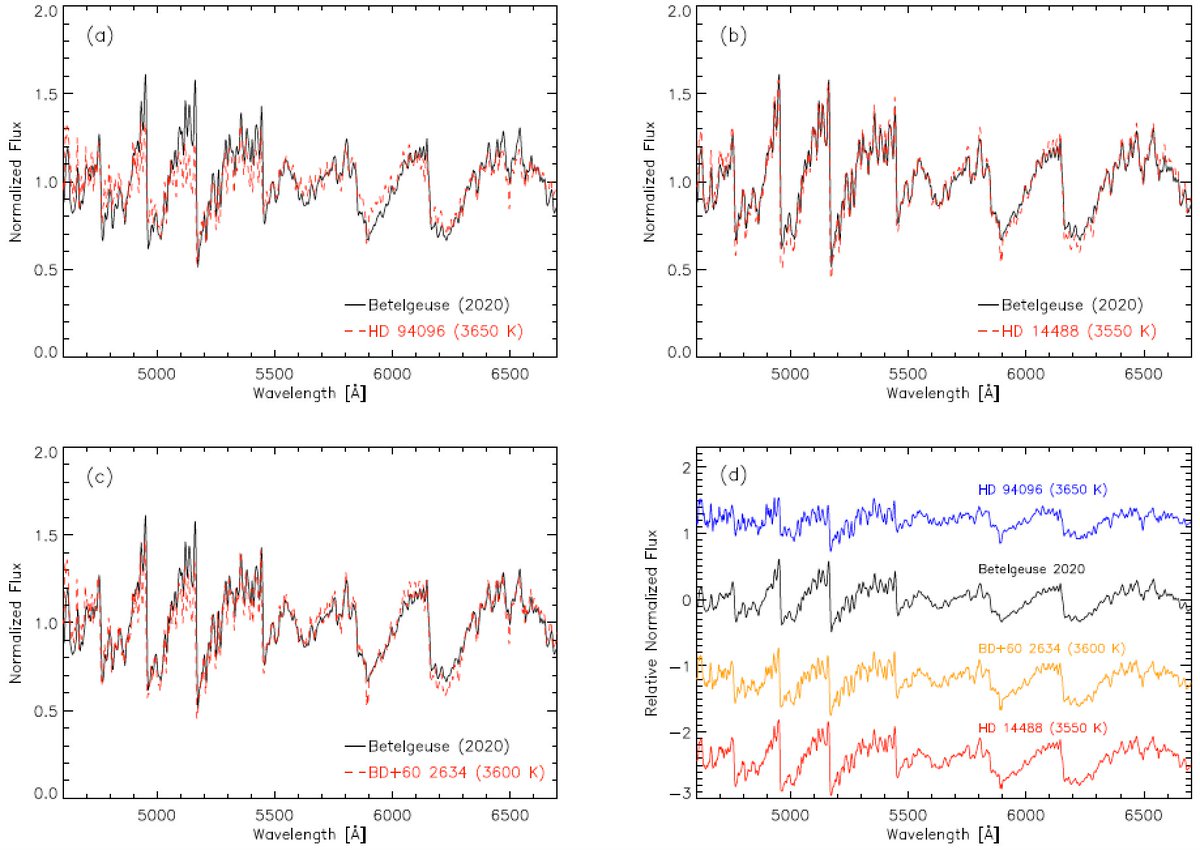
Combining this with our star comparisons, we settled on a Feb 15 2020 T=3600 K for Betelgeuse.
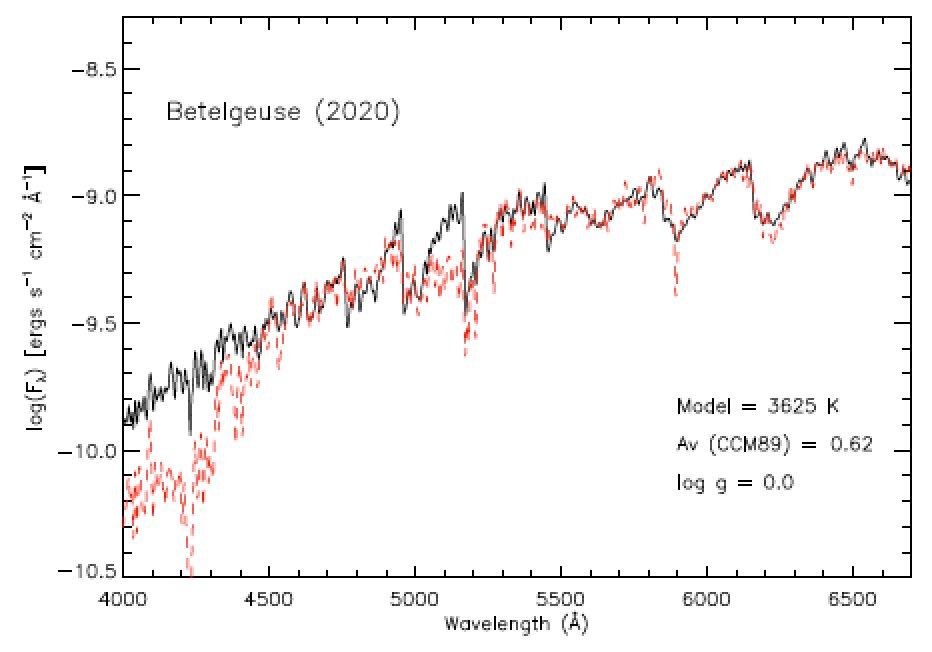
Nope. After doing the math, it turns out a 50K decrease would make Betelgeuse about 0.4 mag dimmer. It had gotten 1.1 MAG DIMMER since October!
Dust.
RSG-produced dust grains tend to be bigger, which means they act "gray" - they absorb red AND blue light and wind up making objects look dimmer.
We think this could be happening because there's some new large-grain dust blocking our view down there.
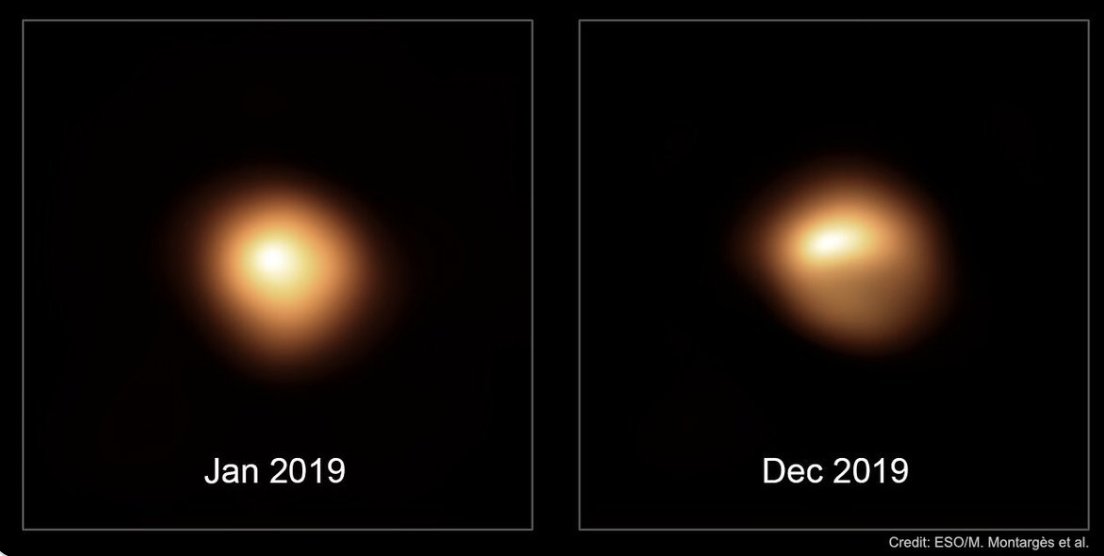
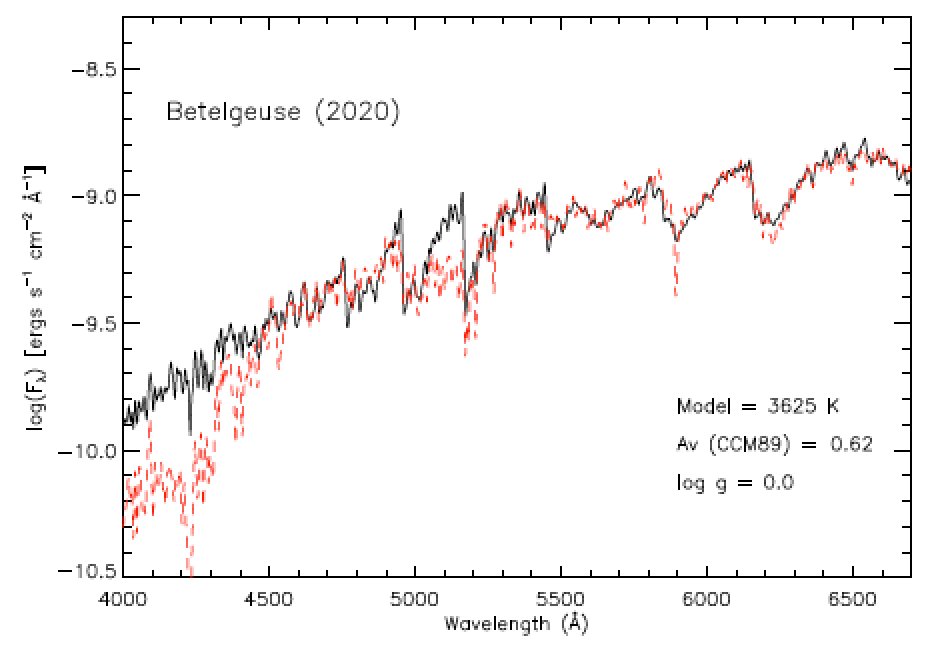
arxiv.org/abs/astro-ph/0…
However, it IS still an awesome and fascinating star, and we should all keep studying it!


